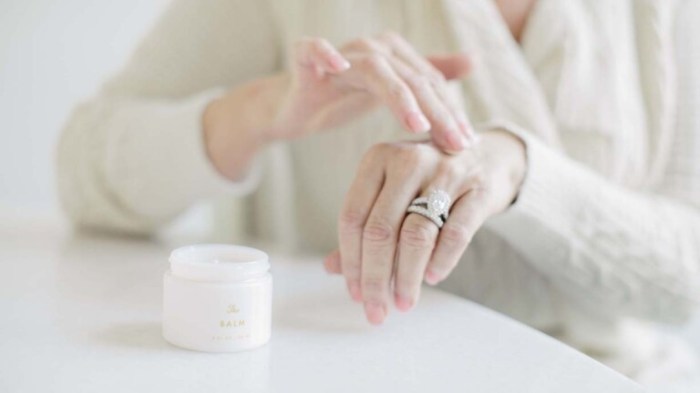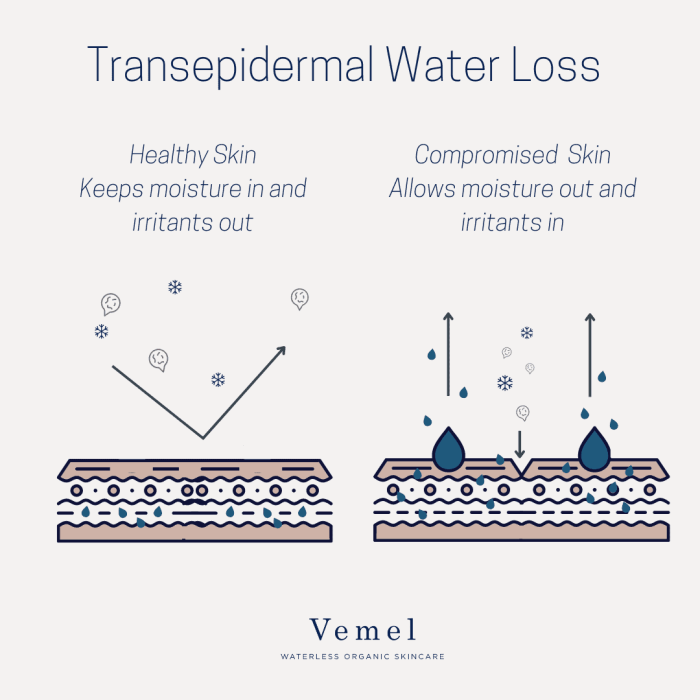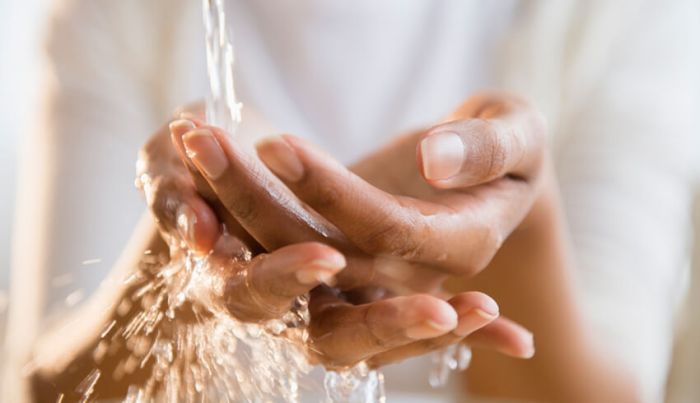How can transepidermal water loss be prevented – Transepidermal water loss (TEWL) is a critical factor in maintaining healthy skin. Understanding how to prevent TEWL is essential for preserving skin hydration and overall well-being. This guide explores the causes of TEWL, effective prevention methods, and treatment options.
TEWL occurs when water evaporates from the skin’s surface, leading to dryness, irritation, and premature aging. Various factors influence TEWL, including environmental conditions, lifestyle habits, and skin conditions.
Transepidermal Water Loss (TEWL): Prevention and Management: How Can Transepidermal Water Loss Be Prevented

Transepidermal water loss (TEWL) refers to the insensible loss of water through the skin. It is a crucial factor in maintaining skin hydration and overall skin health. Factors such as environmental conditions, lifestyle habits, and skin conditions can influence TEWL, potentially leading to skin dryness, irritation, and premature aging.
Understanding the mechanisms of TEWL and implementing effective prevention strategies is essential for maintaining optimal skin health. This article explores various approaches to prevent and manage TEWL, including topical measures, environmental considerations, lifestyle modifications, medical interventions, and dermatological procedures.
Prevention Methods, How can transepidermal water loss be prevented
Topical Measures
- Moisturizers:Emollients and humectants in moisturizers help hydrate the skin by trapping water and preventing its evaporation. Ingredients like ceramides, hyaluronic acid, and squalane enhance the skin’s natural moisture barrier.
- Occlusives:Petrolatum, beeswax, and silicones create a physical barrier on the skin’s surface, preventing water loss. They are particularly effective in dry or cold environments.
Environmental Factors
- Humidity:High humidity levels reduce TEWL by increasing the water content in the air, making it less likely for water to evaporate from the skin.
- Temperature:Extreme temperatures, both hot and cold, can increase TEWL. Cold temperatures constrict blood vessels, reducing skin moisture, while hot temperatures promote sweating, leading to increased water loss.
- Wind:Strong winds can accelerate water evaporation from the skin, contributing to dryness and irritation.
Lifestyle Habits
- Smoking:Nicotine constricts blood vessels, reducing blood flow to the skin and impairing its ability to retain moisture.
- Alcohol consumption:Alcohol is a diuretic that can dehydrate the body, including the skin, leading to increased TEWL.
- Stress:Chronic stress can release hormones like cortisol, which can disrupt skin barrier function and increase TEWL.
Detailed FAQs
What are the primary causes of TEWL?
TEWL is primarily caused by environmental factors such as low humidity, extreme temperatures, and wind. Additionally, lifestyle habits like smoking, alcohol consumption, and stress can contribute to increased water loss.
How do moisturizers and occlusives help prevent TEWL?
Moisturizers replenish the skin’s natural moisture content, while occlusives create a protective barrier on the skin’s surface. Together, they reduce water evaporation and maintain skin hydration.
What are some effective lifestyle modifications to reduce TEWL?
Quitting smoking, limiting alcohol intake, and managing stress levels can significantly reduce TEWL and improve skin health.


